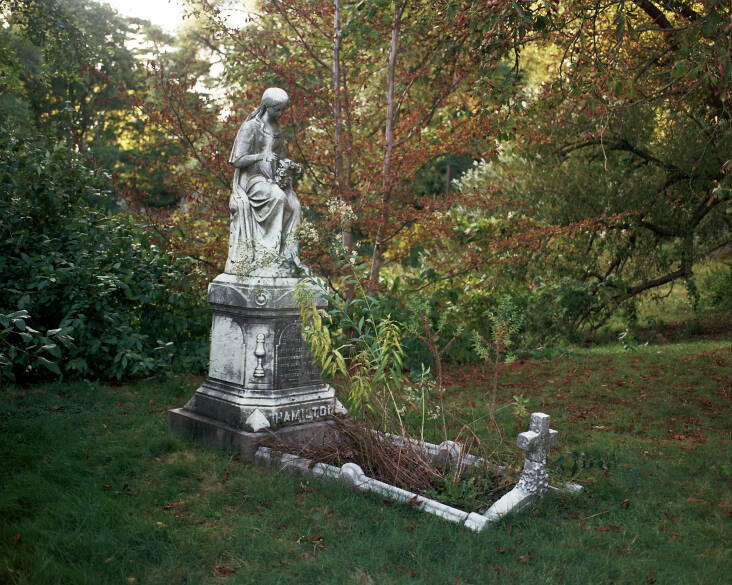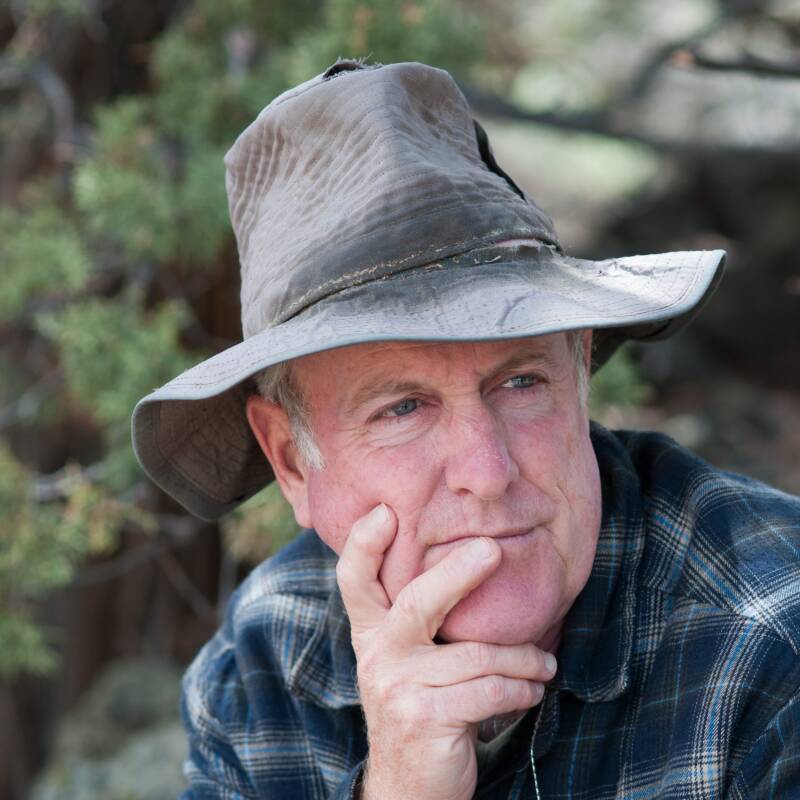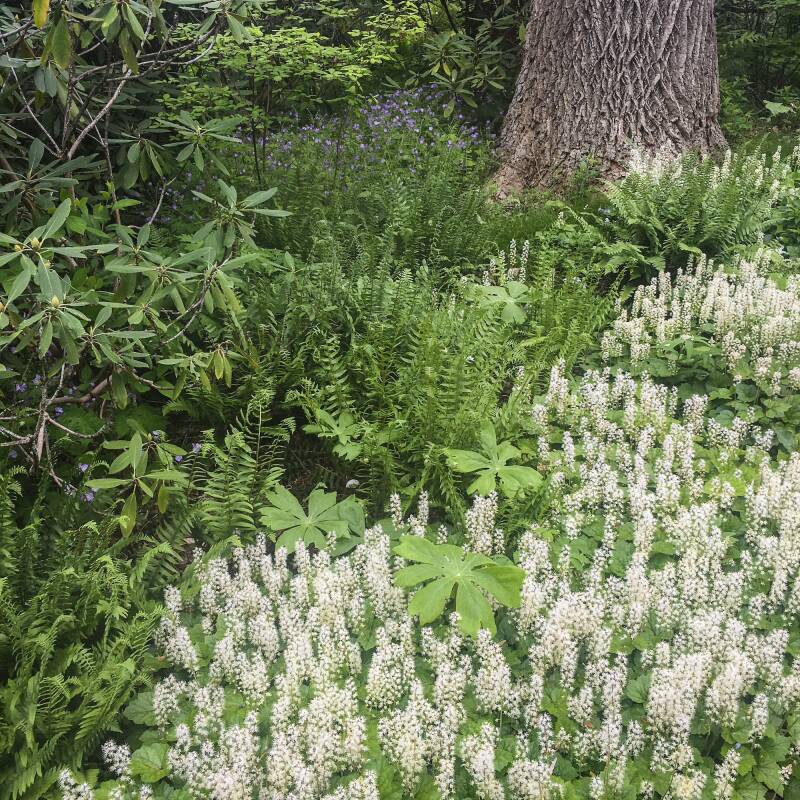When a newly-appointed vicar in my old village suggested turning the churchyard into a meadow, the reaction was not positive. It was already planted with straight lines of snowdrops and daffodils, the whole effect underpinned by a vigorous mowing regime. Before long, a sign went up requesting that nobody plant anything of their own choice—and please, no unsightly receptacles. Ever since, for this former parishioner, it has been impossible to look at any tidy civic space without seeing its potential as a more interesting garden.
If you reconsider parks and cemeteries as grasslands, it is easy to see how they are a wasted opportunity when the sward is kept short and lifeless—not to mention the expense of keeping it neat, especially in the face of invasive grasses and degraded soil. As a business model, vast urban lawns do not work. Five years ago, Green-Wood Cemetery in Brooklyn teamed up with Cornell University to focus on developing “intelligent and climate-sensitive strategies for grassland preservation and restoration.” Happily, with a dynamic landscape comes plenty of atmosphere:
Photography by Valery Rizzo for Gardenista.

Restoring the grasslands at Green-Wood is not a radical act when seen in context of its history. Established outside of teeming New York City in 1838, it was earmarked as a place of respite and recreation. A former forest, the site was an early example of the rural cemetery movement, originally conceived as a place of naturalism and romance. It preceded any public parks or arboreta in America, although some tree specimens that were here before the cemetery are part of the thriving tree collection. (See Spring’s Trees at Historic Green-Wood Cemetery in Brooklyn.)

Now that the neighborhoods around Green-Wood are no longer rural (Sunset Park has the lowest record for green space per capita in New York), and the site is squeezed between a bus depot and an electrical sub-station, its social and ecological value is more important than ever. Stats suggest that the trees alone have sequestered 264,000 lbs of carbon dioxide, removed 12,000 lbs of pollution from the air and mitigated almost 3 million gallons of water from flooding Brooklyn’s sewage system.

When it was first introduced, Green-Wood’s rewilding proposal met with general enthusiasm but also skepticism from owners of lots, who equated longer grass with neglect. The aim is for a gradual shift in thinking, and the program organizers have noted in a joint paper: “The people who most directly interact with these urban spaces are often unaware that the landscapes are, in fact, grasslands.” Ideally, those who use cemeteries, public gardens, and sports fields will begin to take a more nuanced view of all mown spaces (including their own) and see their potential for richer ecosystems.

The trouble with mowing civic spaces is that it is not a nuanced activity. Uneven terrain is ignored as turf is scalped in awkward places, revealing inert soil that is begging to be inhabited by the most opportunistic weeds. At Green-Wood, this tends to be Bermuda grass (Cynodon dactylon), still marketed as the answer to a thick green sward in tropical places, but horribly invasive as an escapee in the northeast. Quickly covering horizontal gravestones, it loves an active cemetery in which plots are dug regularly, the disturbed soil creating new opportunities.


Pragmatism drives the program. “The goal is not to eliminate the presence of Bermuda grass but to find ways to realistically manage its presence, a balance which would occur in concert with restoration of the grasslands.” Seed mixtures include specialized flowers for pollinators and native grasses that do well with reduced mowing, strengthening the grasslands’ carbon storage capabilities underground.

In adapting to Bermuda grass instead of attempting to erase it, Green-Wood and Cornell have been working with Oklahoma State University to establish Bermuda grass cultivars that are better suited to urban grasslands.



For more on rewilding, see:
- Set Your Garden Free: Start By Rewilding One Half, Says ‘Reformed’ Landscape Designer Mary Reynolds
- Ask the Expert: Regenerative Organic Gardener Emily Murphy on How to Rewild Your Landscape












Have a Question or Comment About This Post?
Join the conversation (0)